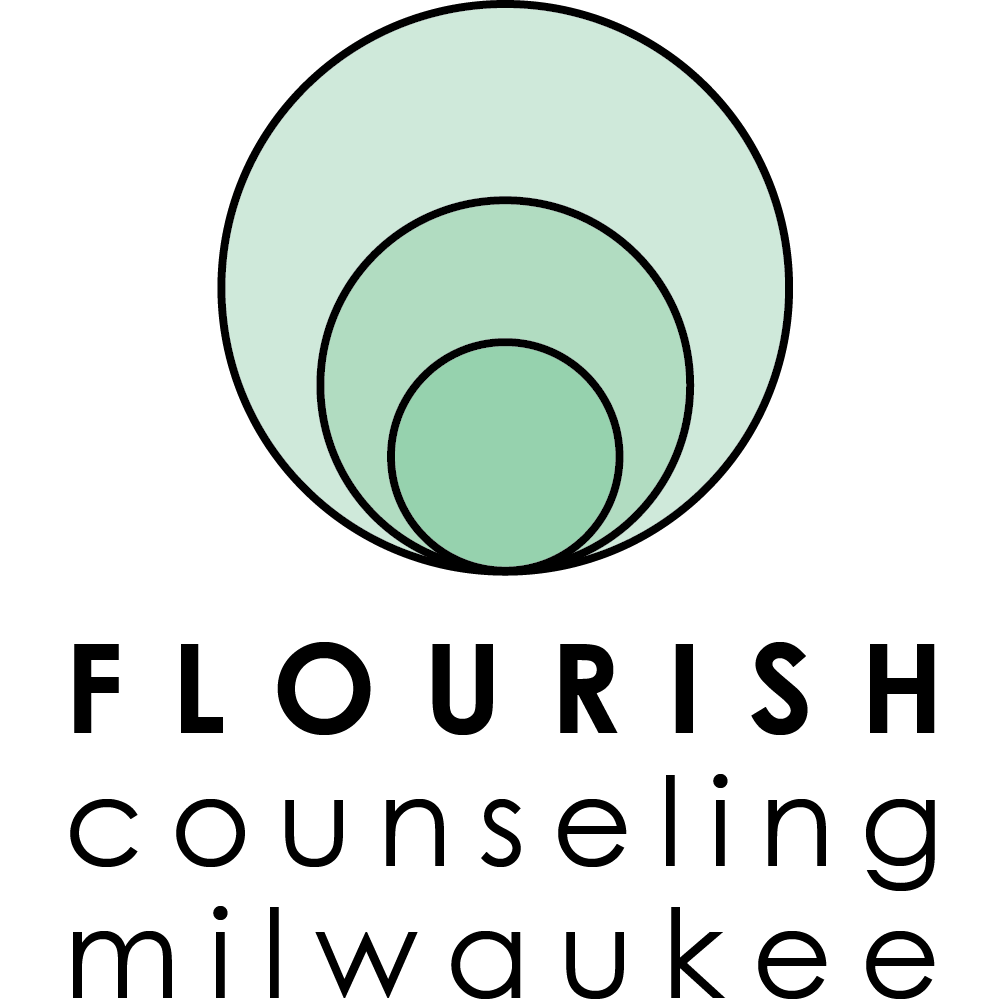
by Matt George | Sep 18, 2018 | Matt's Blog, Meaning
If you are working with a counselor who uses mindfulness & acceptance-based approaches like Acceptance and Commitment Therapy (ACT), or doing your own self-help work along these lines, you will probably come across values clarification exercises at some point in...

by Matt George | Jan 28, 2018 | Matt's Blog, Meaning, Uncategorized
What do you do when negative emotions show up? If you’re like many of us, your first impulse is to get rid of the bad feeling ASAP. Maybe you turn on the TV to distract yourself, or eat something for comfort. Some people try to change their mood directly by...

by Matt George | Dec 20, 2016 | Matt's Blog, Meaning
The question is a simple one. It’s a question you can put to yourself at any moment, regardless of what you’re doing. The question is transformative because it immediately connects you to your core values. In the moment before doing something, whatever it may...





